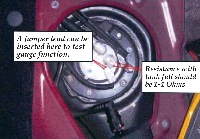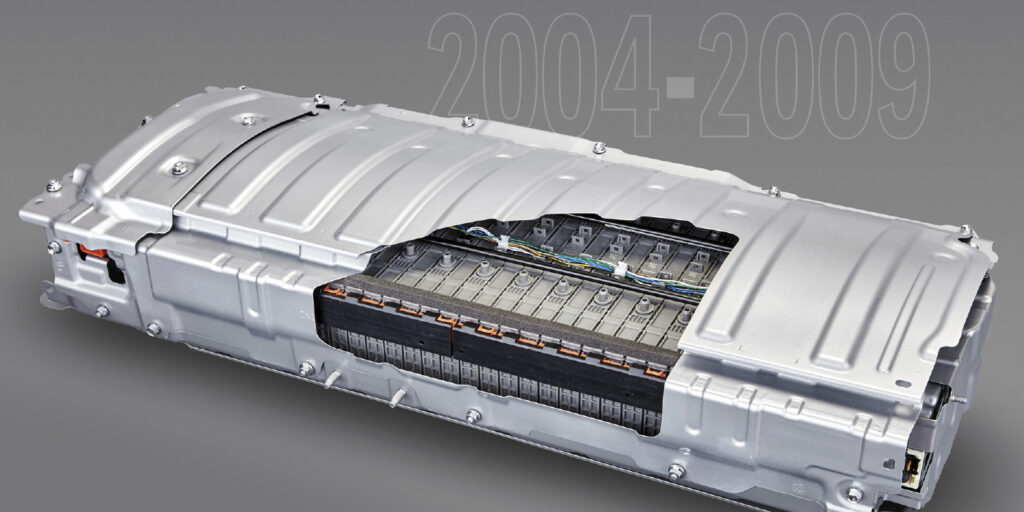The first thing that should be done is to verify that the vehicle is full of fuel. Once confirmed, check the fuel level resistance reading using the Subaru Select Monitor III (SSMIII). (According to Subaru, the aftermarket version of the SSMIII, referred to as the Hitachi Diagnostic System [HDS], is available through Blue Streak Electronics [BSE]. The HDS tool provides the aftermarket with the exact same functionality as the SSMIII. For more information on the HDS, go to www.bsecorp.com/hds.php.)
The reading should be anywhere from 2 to 8 ohms. If the reading is higher, remove the rear seat bottom so that the sending units can be individually checked. The fuel gauge position is an output from the BIU (body integrated unit), which takes a combined resistance reading from the two sending units, then averages them to determine how much fuel is in the vehicle.
Once the rear seat bottom is removed, unplug both sending units so that resistance can be checked across each unit. With the vehicle full of fuel, each sending unit should have 1 to 4 ohms of resistance. While checking the resistance, tap lightly on the top of each sending unit. If the resistance reading fluctuates while tapping on it, closer inspection or replacement of the sending unit is necessary. Sending units do not need to be replaced in pairs. Replace only the sending unit that has failed.
While you have the sending units exposed, you should check the operation of the fuel gauge. On the sub-unit, install a jumper lead between the two pins of the harness connector when it’s unplugged from the sending unit. On the main unit, jump pins 1 to 4 of the harness connector (unplugged from the sending unit). Keep in mind that it may take up to 45 minutes for the gauge to read full depending on the fuel level in the tank.

Also, be sure to check connector I-10 at the combination meter for any signs of poor contact. See Fig. 1.
Technical service bulletin courtesy of Mitchell 1.
For more information on Mitchell 1 products and services, automotive professionals can log onto the company’s website at www.mitchell1.com.













